
Reasons Why People Drink Alcohol
There are many reasons why people drink alcohol, even though it can have many negative effects. Learn more from our We Level Up Lake Worth FL experts.

There are many reasons why people drink alcohol, even though it can have many negative effects. Learn more from our We Level Up Lake Worth FL experts.

According to the latest data from the National institute on Alcohol Abuse and Alcoholism, about one in five people who…

When someone is battling alcoholism, they often can't overcome it by themselves. Alcoholism affects judgment and willpower, which makes it…

The idea of Alcohol Awareness Month is to bring attention to the serious problems associated with alcohol abuse and addiction.…
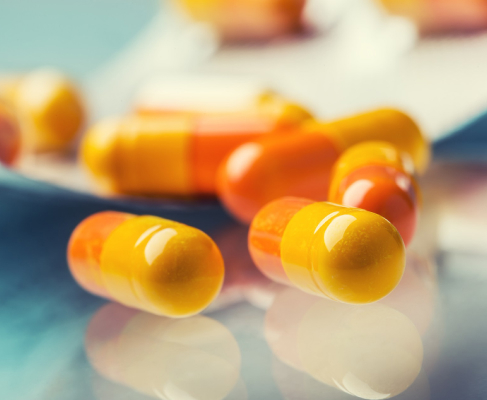
The increasing trend of mixing alcohol and codeine is more than just a fad we shouldn't take into serious consideration;…

The serious and potentially harmful effects of combining Azithromycin and alcohol (azithromycin alcohol) are the reason for the warnings against alcohol consumption while taking Azithromycin. An increased risk of liver damage and toxicity is associated with taking Azithromycin and alcohol consumption.
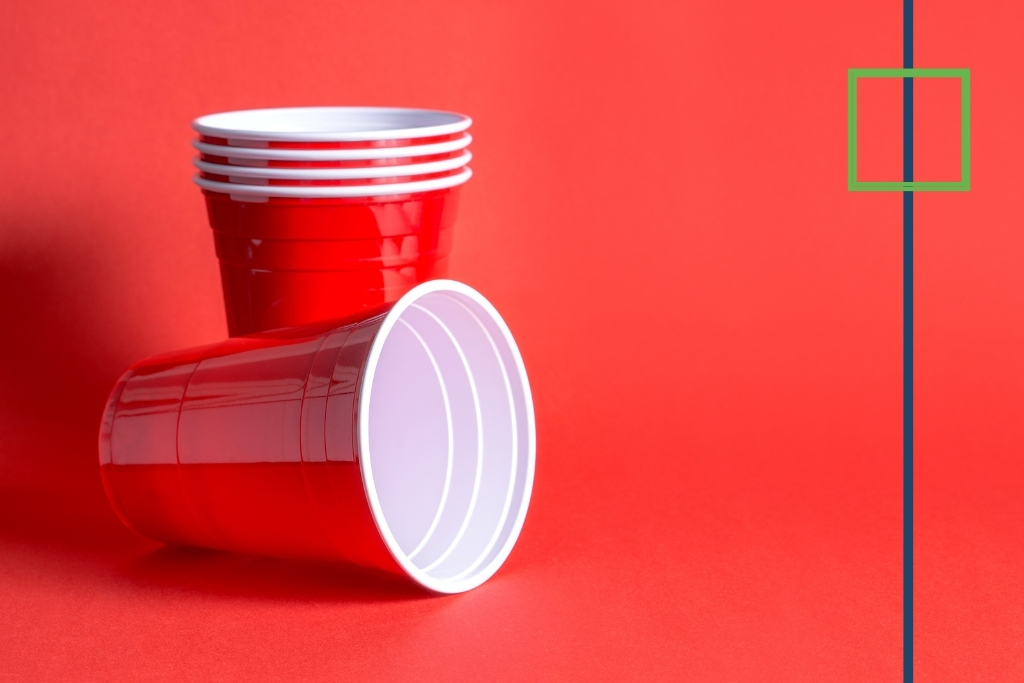
Moderation is key to living a healthy life, but that can be hard to do if you don’t know where…

Many people across the globe enjoy a glass of wine with their dinner or whiskey on the rocks for a…

Alcoholism may not be the preventable and self-inflicted disease we believe it to be--at least, not entirely. Evidence of the…
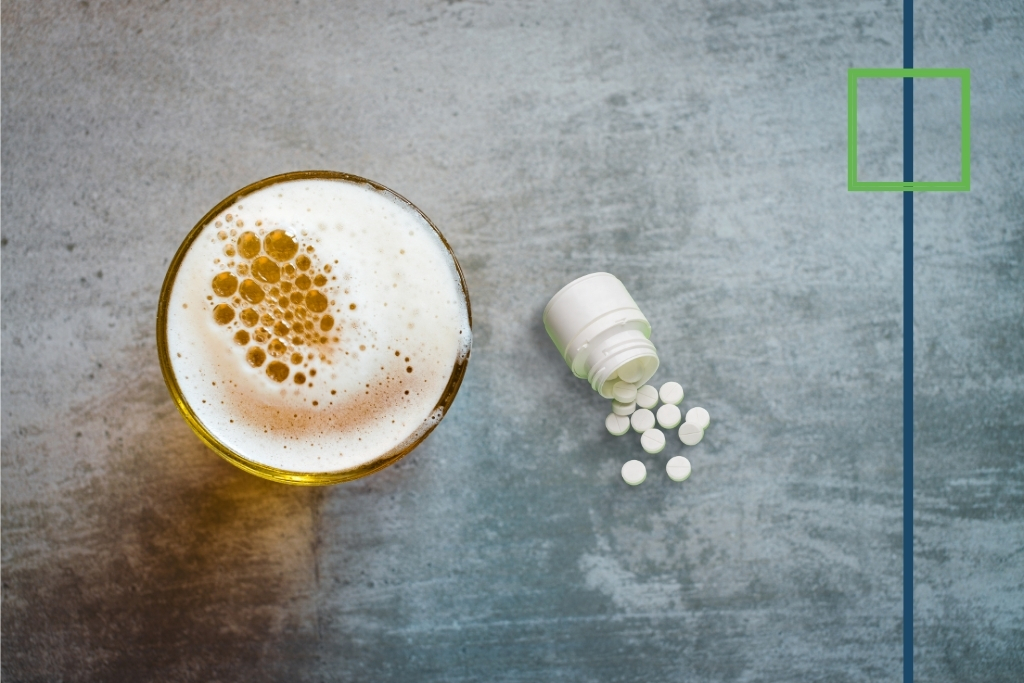
It’s well known that taking alcohol and painkillers together is a terrible idea, but how dangerous would it be to…

What do birthdays, teenagers, and alcohol have in common? They can make you feel really, really old. In the case…

You’re out for a night of fun with friends and your one drink has turned into half a dozen. You…

Drinking too much can cause a ton of health issues, one of them being compromised kidney function. Can alcohol cause…
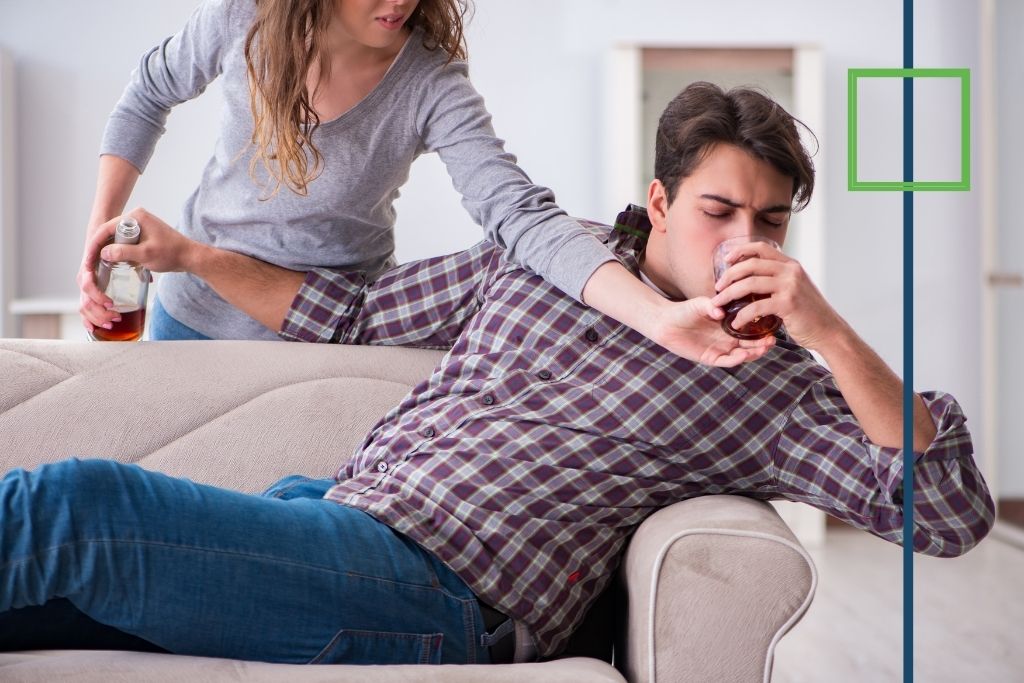
Being married to an alcoholic is hard - and making your marriage work can be even harder. Sometimes referred to…
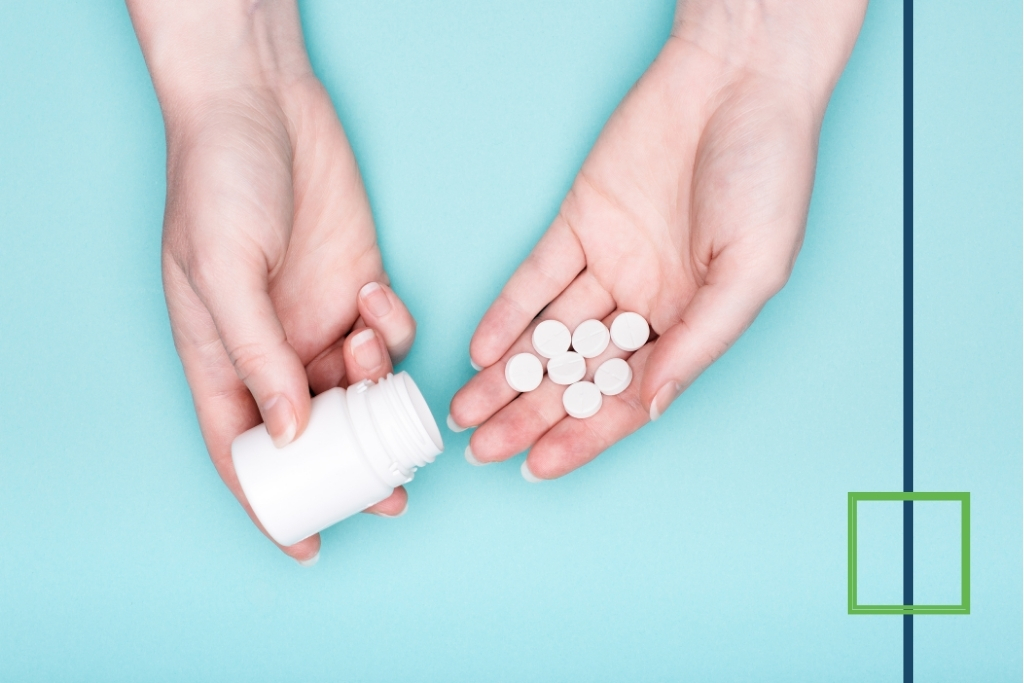
Alcohol addiction is a disease that goes far beyond willpower. Chronic alcohol abuse can rewire your brain not only to…
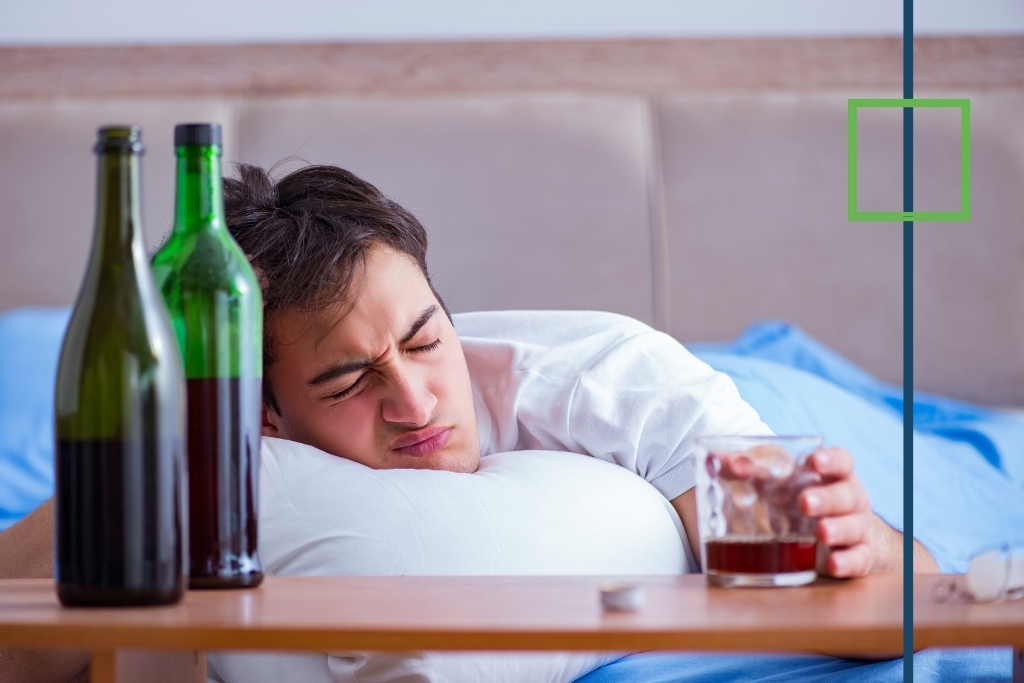
Alcohol is such a deeply integrated cultural norm that discerning when the occasional over-indulgence has become true alcoholism can be…
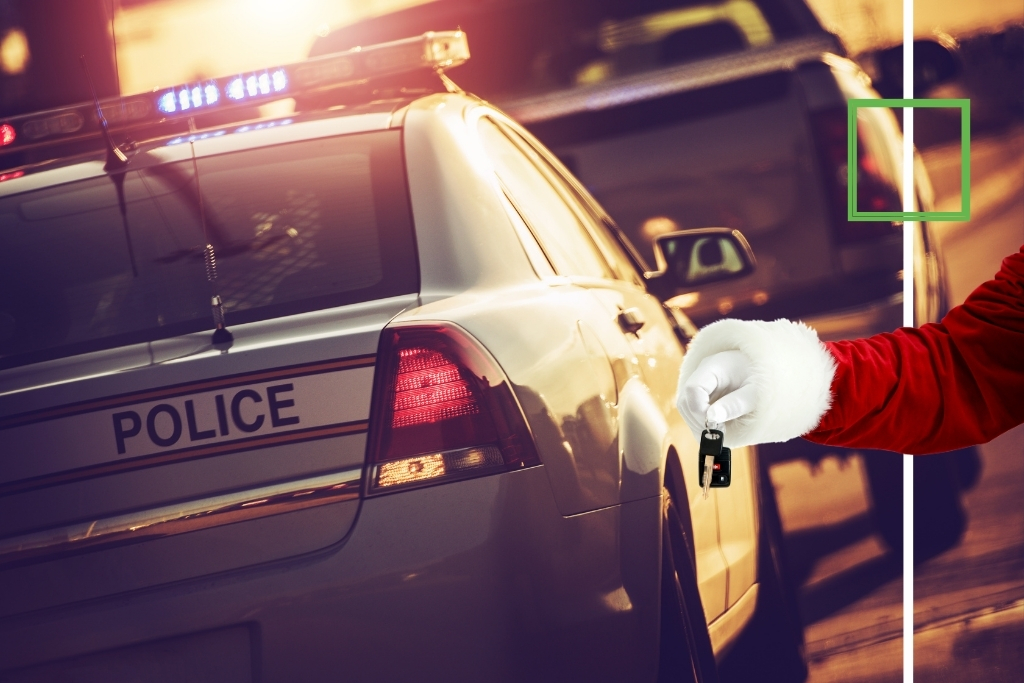
‘Tis the season for office parties, gift exchanges, potlucks, and general merriment. As the weather cools down and the mood…
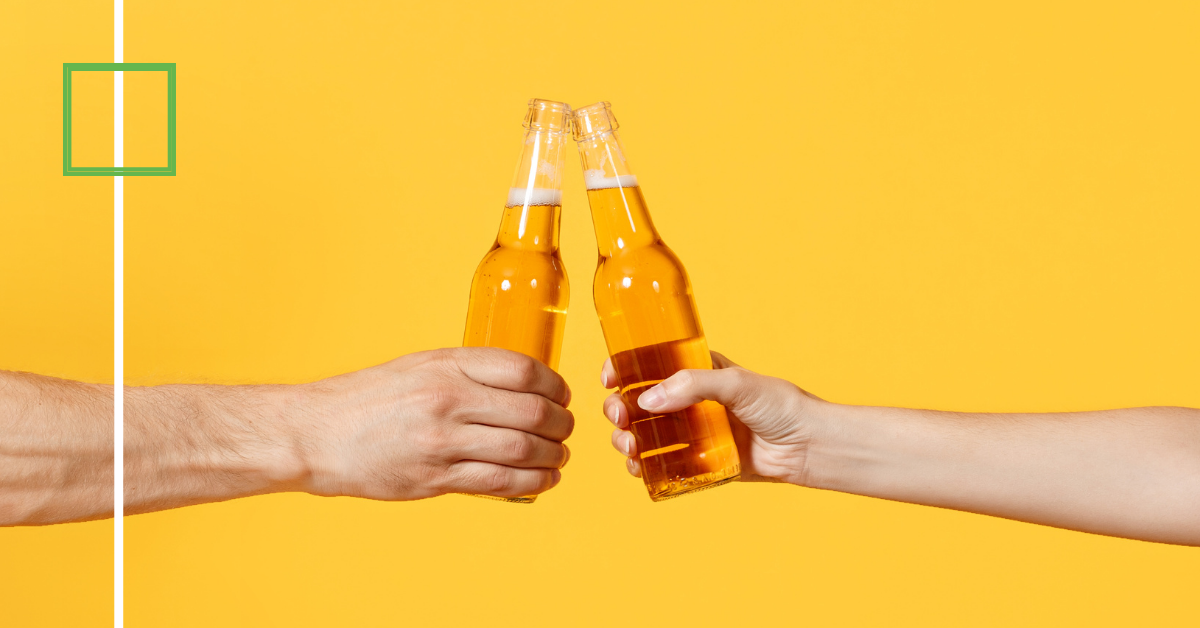
Non-alcoholic beer would appear to be the perfect solution for a recovering alcoholic: They can maintain their sobriety while once…
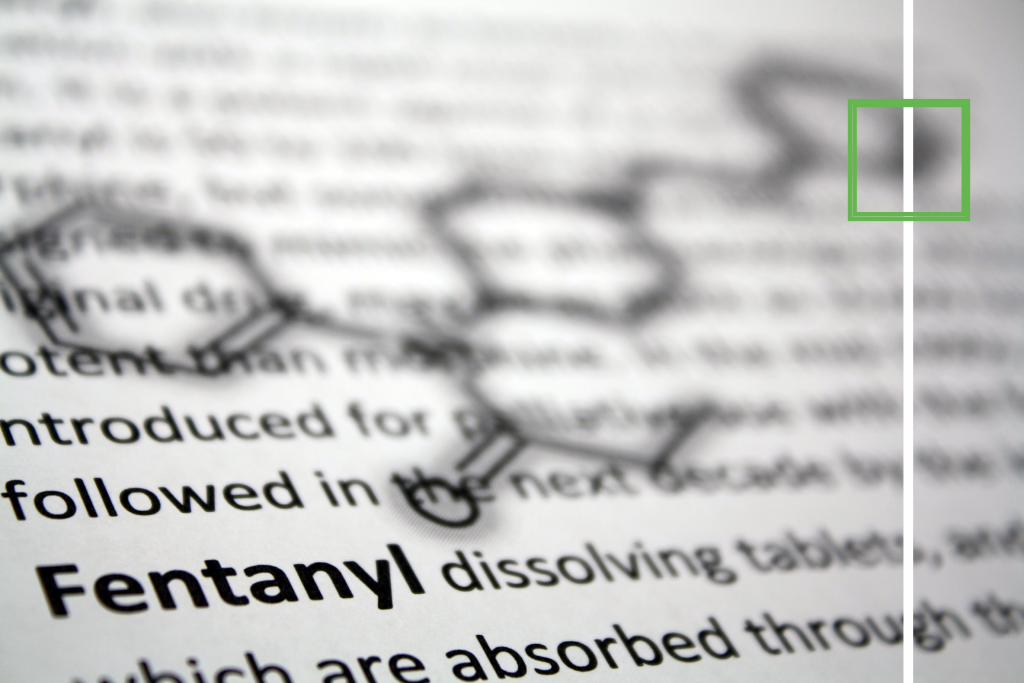
What is Fentanyl and How Is It Used? Fentanyl is a powerful synthetic opioid with a dangerous reputation. It can…
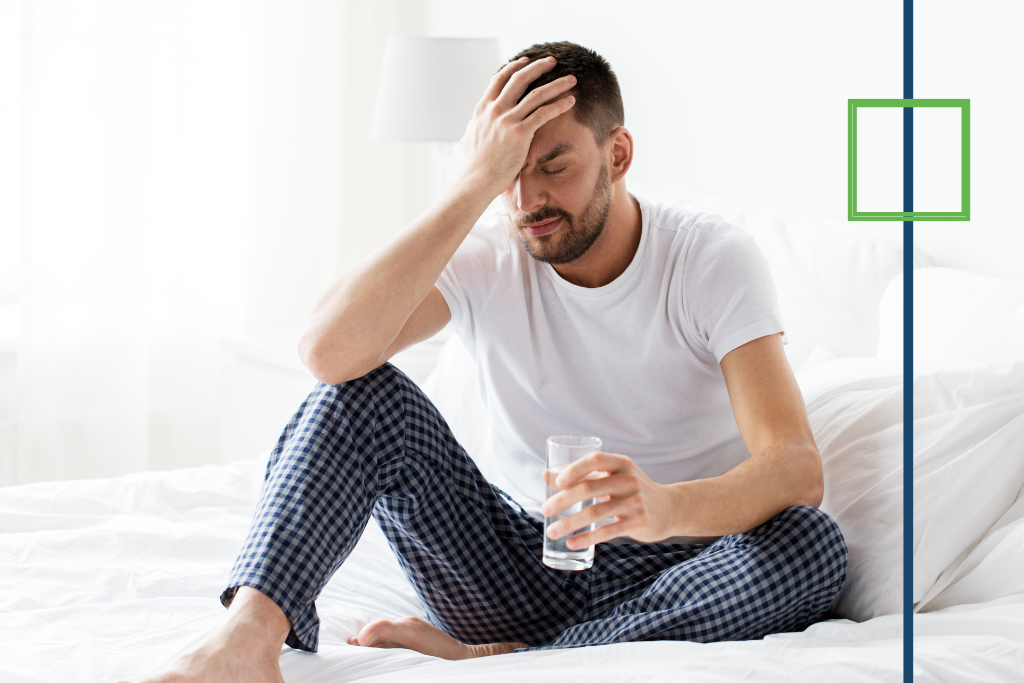
Alcohol withdrawal isn’t pretty; it can trigger a host of unpleasant physical and psychological symptoms that can last a few…